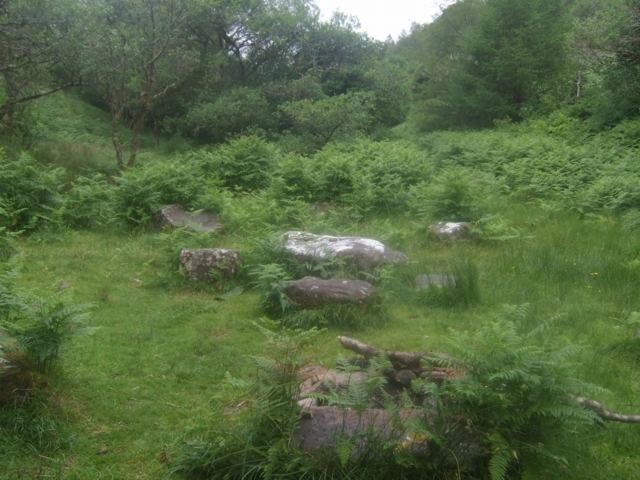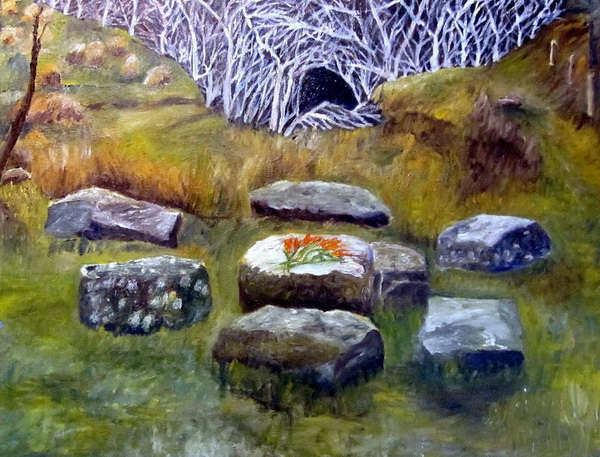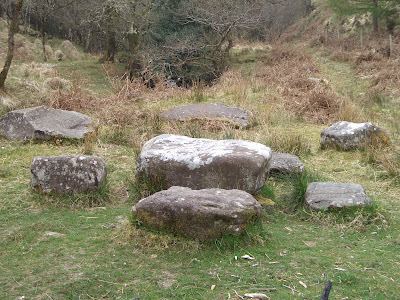Time zone WET (UTC+0) | Irish Grid Reference Q8309 | |
 | ||
Scotia s grave
Scotia's Grave or Scota's grave (Irish: Gleann Scoṫín or Glen of the Wee Blossom Princess Scota; is an area just south of Tralee in County Kerry beside the Finglas rivulet in Trughanacmy. It marks what is reputed to be the grave of Scota, a daughter of an Egyptian Pharaoh known as Friel. The traditional name of the location is Glenn Scoithin, 'vale of the little flower' or 'wee blossom.' "Scoithín" is the diminutive of "Scoṫ," (the 't' may be aspirated as ṫ). Scotland's name comes from the Irish language, and refers to the Irish colonists that brought Gaelic culture there. The Irish called themselves "Scots" or "the people of the Princess Scota, per their ethnogenesis mythology. Other names the Irish used for themselves include Milesians and Gael. The woman's name ultimately means "blossom" ("scoṫ" or "scoth" meaning "blossom" and "Scoṫín" or "Scothín" meaning "wee blossom") as noted in the Irish epic history Foras feasa ar Eirinn - A Basis of Knowledge on Ireland.
Contents

According to several references in medieval Irish mythology, Scotia was the wife of the former Milesius and mother of six sons. She was killed in battle with the legendary Tuatha Dé Danann on the nearby Slieve Mish mountain. Scotia was said to have come to Ireland in 1700BC, to avenge the death of her husband, the King who had been wounded in a previous ambush in south Kerry.

Scotia s grave



